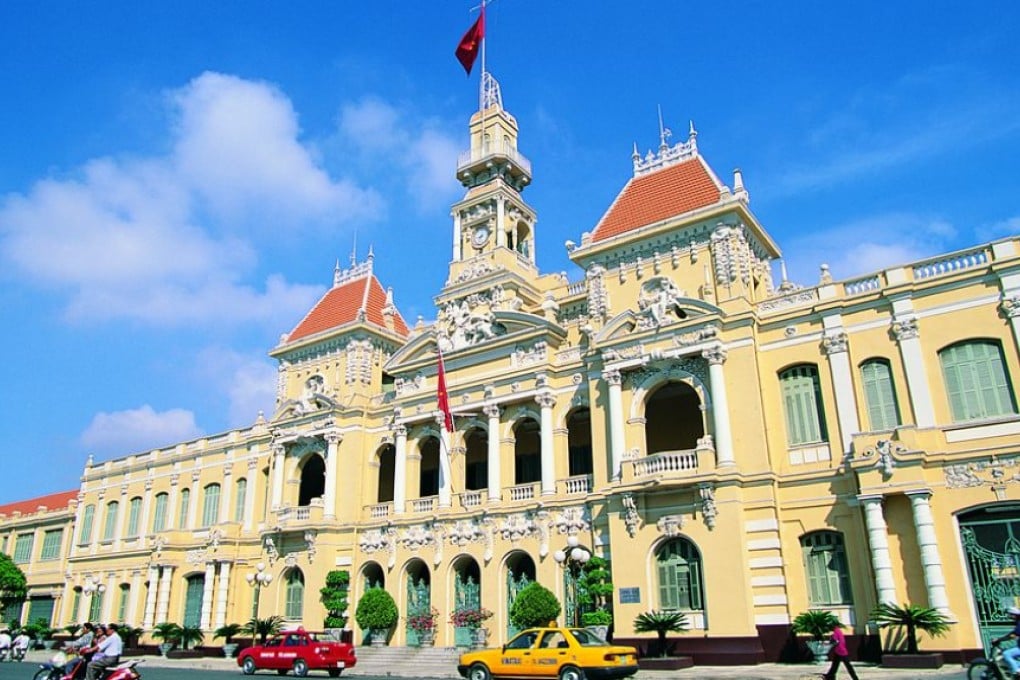Train ride offers amazing scenery
Next year marks the 80th anniversary of the opening of the railway line that links Hanoi and Saigon, now Ho Chi Minh City. Running some 1,700km beside the coast, its completion was a minor miracle of engineering.

Next year marks the 80th anniversary of the opening of the railway line that links Hanoi and Saigon, now Ho Chi Minh City. Running some 1,700km beside the coast, its completion was a minor miracle of engineering.
It was closed due to hostilities in 1954, but reopened two decades later, and, at present, does a lot to live up to its nickname: The Reunification Line. For visitors, it's a great way to see Vietnam. Fly into Hanoi or Ho Chi Minh City, and let the train take the strain out of travelling south or north. Carriages are air conditioned, and fares are inexpensive - a one-way ticket from Hanoi to Hue costs around HK$170. The line takes in some of the country's main tourist destinations, such as Danang and Nha Trang.
"The most magical part of the Hanoi-to-Saigon train journey is the world-class scenic section between Hue and Da Nang," says Mark Smith, founder of the railway travel site The Man in Seat 61. "The train runs along beside the South China Sea, snaking from cliff to jungle-covered cliff past beaches and islands, then heads through the lush green mountains via the Hai Van Pass to reach Da Nang. In Vietnamese it's Deo Hi Van, meaning 'Ocean Cloud Pass'. I can't think of a better name."
Hanoi is only an hour or so from Hong Kong by air, making it a logical starting point. The Vietnamese capital has retained many French colonial buildings and tree-lined avenues, while the Old Quarter, which traces its history back over 1,000 years, remains one of the most charismatic shopping and dining areas in Asia.
Hue is the first major stop on the line, and it's the top destination for history buffs. Unesco recognition and years of dedicated restoration work have seen Hue's citadel and other major monuments gradually take on some of their ancient glories. The Museum of Fine Arts is a treasure house of ceramics, furniture and royal clothing. The city prides itself on its signature rice with mussels, which are harvested locally.
Vietnam's best beaches are in and around Da Nang, which was once a major US airbase. Beach culture is by no means restricted to sun worshippers, as hundreds of locals turn out before dawn each day to play soccer, basketball and volleyball, practise dancing or tai chi, or stroll along the promenade.
